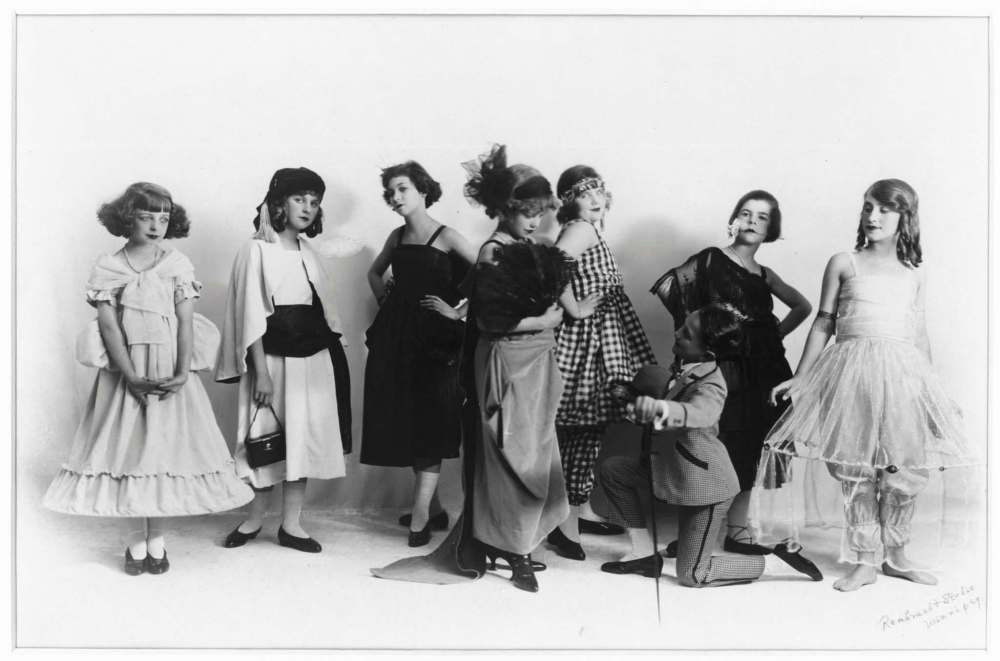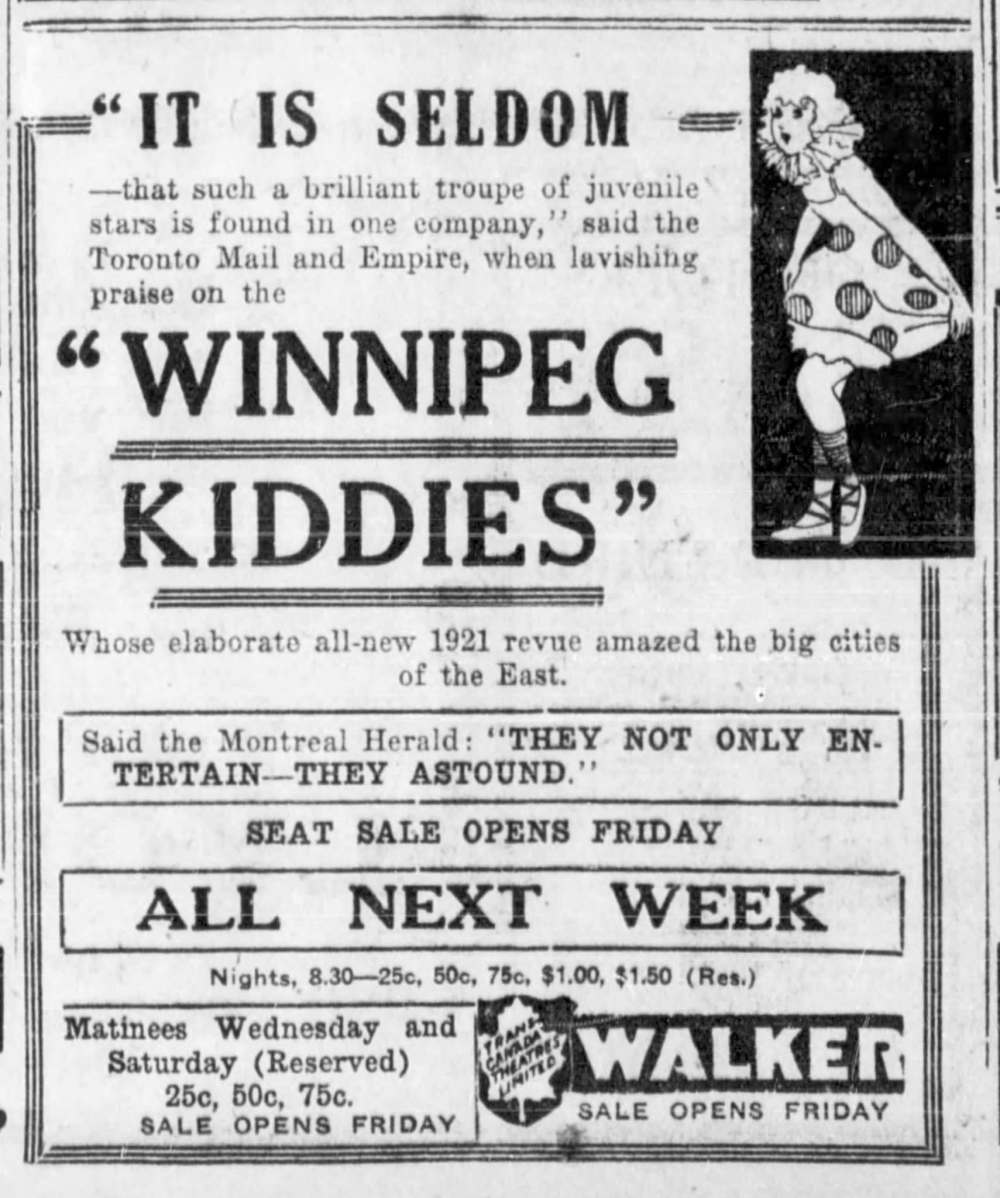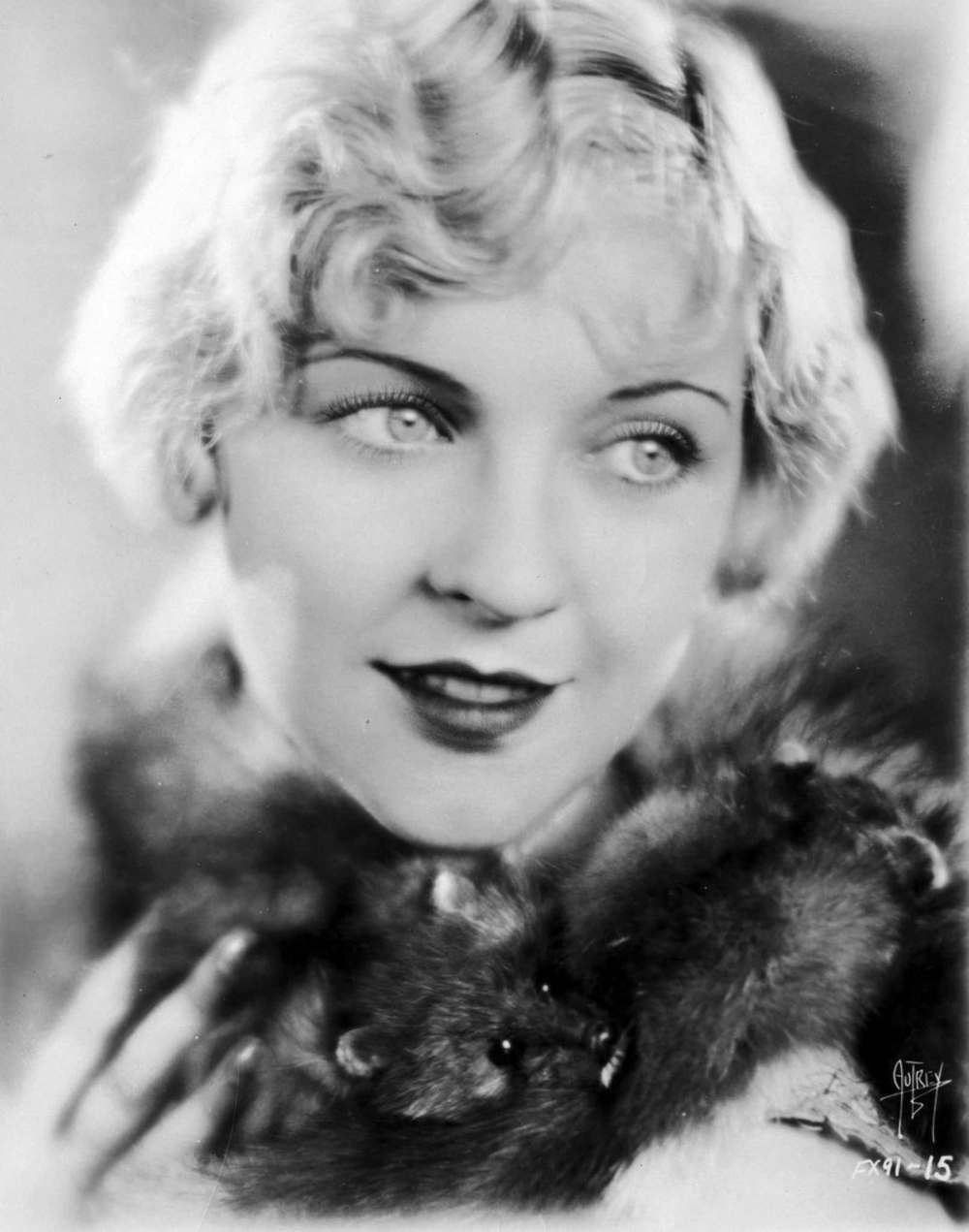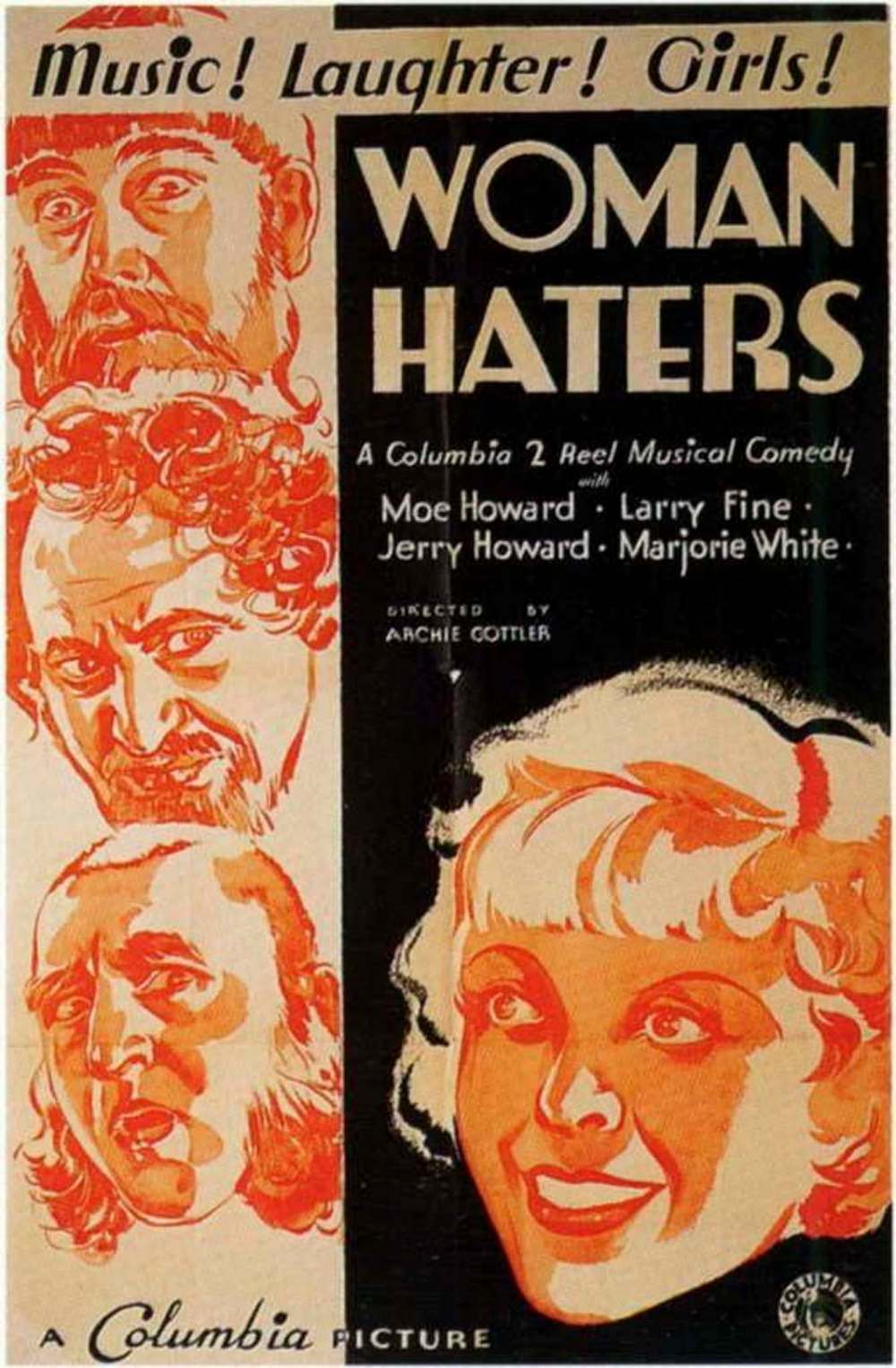Kid nearly made it big
Former child performer was rising star when she met tragic end
Advertisement
Read this article for free:
or
Already have an account? Log in here »
To continue reading, please subscribe:
Monthly Digital Subscription
$0 for the first 4 weeks*
- Enjoy unlimited reading on winnipegfreepress.com
- Read the E-Edition, our digital replica newspaper
- Access News Break, our award-winning app
- Play interactive puzzles
*No charge for 4 weeks then price increases to the regular rate of $19.00 plus GST every four weeks. Offer available to new and qualified returning subscribers only. Cancel any time.
Monthly Digital Subscription
$4.75/week*
- Enjoy unlimited reading on winnipegfreepress.com
- Read the E-Edition, our digital replica newspaper
- Access News Break, our award-winning app
- Play interactive puzzles
*Billed as $19 plus GST every four weeks. Cancel any time.
To continue reading, please subscribe:
Add Free Press access to your Brandon Sun subscription for only an additional
$1 for the first 4 weeks*
*Your next subscription payment will increase by $1.00 and you will be charged $16.99 plus GST for four weeks. After four weeks, your payment will increase to $23.99 plus GST every four weeks.
Read unlimited articles for free today:
or
Already have an account? Log in here »
Hey there, time traveller!
This article was published 27/08/2016 (3389 days ago), so information in it may no longer be current.
A century ago, the Winnipeg Kiddies vaudeville troupe began delighting audiences with their singing, dancing and comedic skits. One of its standout performers was Marjorie Guthrie, who eventually made it to Hollywood and the start of what could have been a promising career.
Marjorie Ann Guthrie was born in Winnipeg on July 22, 1904, the eldest of five children of Robert and Nettie Guthrie. The family’s life revolved around what we now call the Exchange District. Her father worked at, then took over, a small Princess Street feed mill. After bouncing around numerous residences, they purchased a large rooming house on Pacific Avenue in 1910.
The little girl had a knack for entertaining. At the age of four, she began dancing in local talent shows. When she attended Maple Leaf School on William Avenue, her energies were channelled into school recitals and plays.
By 1915, she was a regular on local stages as a singer, actress and dancer. A Winnipeg Tribune reviewer noted, “Little Marjorie is making a name for herself in Winnipeg… Mr. Edwards, (manager of) the Dominion, prophesises a brilliant future for this talented little Winnipegger.”
One of her regular gigs was shows for returned soldiers put on by various organization, including the Returned Soldiers’ Association. As the number of wounded soldiers returning from the First World War grew, so did the need to entertain and fundraise for them and their families.
Local businessman and association fundraising chairman A.H. Smith is credited with spearheading the move to create a more permanent entertainment solution with the Returned Soldiers’ Association Juvenile Entertainers of Winnipeg, forerunner to the Winnipeg Kiddies.
Young Marjorie, already well-known to the Returned Soldiers’ Association, scored a spot in the cast along with about a dozen other children aged 13 and under. Despite their young age, most were longtime stage veterans. Other core members who remained with the group for years included Lillian Beck, Grace Gilmer, Thelma Wolpa, Freddie and Gordon Holmes and Jackie Finesilver.
The troupe began performing in March 1916. Their show, a combination of song, dance and comedy routines with a strong dose of patriotism, was a hit in a war-weary province that had little to smile about.

The Juvenile Entertainers played halls, arenas and schools around Manitoba and soon launched extended tours into western Ontario, North Dakota and Minnesota. Even in the smallest of towns, they could raise $400 or $600 for the cause.
A 1916 Manitoba Free Press review singled out one of the performers: “Marjorie Guthrie, 11 years old, is the leading lady of the troupe. She is an accomplished little actress and has been seen often on the regular local stage. She is the mainstay of the group.”
In March 1917, the Juvenile Entertainers embarked on their most ambitious tour to date, a six-week journey through Western Canada and American border towns through to Victoria, B.C.
The tour wasn’t without controversy, as the Great War Veterans’ Association questioned the gruelling pace and the amount of school the children were missing. The group shot back in a letter to the editor signed by seven of the mothers that stated teachers travelled with the children and concluded with the question: “When and by whose authority did the Great War Veterans Assume guardianship of the children of other people?”
The western tour went ahead and was, by all accounts, a success.
The Juvenile Performers had Harriet Walker to thank for their success in Winnipeg. She handled the talent booking for the Walker Theatre and offered the theatre as the troupe’s local home, be it for their full productions or to sneak in a few individual performances, including vocal numbers by Marjorie, before the main bill began.
Touring remained the mainstay of the Juvenile Performers. Aside from a handful of shows at the Walker Theatre in between trips, they didn’t appear in Winnipeg between the spring of 1917 and the end of 1918.
The name change to the Winnipeg Kiddies — or, more formally, the Original Winnipeg Kiddies — came in January 1919.
In early 1921, the troupe put together what would be their most lavish production. The costumes alone were said to cost $2,000. The Kiddies headed east in January for a series of well-received shows in cities such as Montreal and Toronto, then doubled back to do another swing through the Prairies.
They finished off the year — and the Original Winnipeg Kiddies as an organization — with a handful of December performances at the Walker. There were no official reasons given for the group disbanding, though the fact vaudeville was a dying form of entertainment and most of the Kiddies were now well into their teens surely played roles. (The group’s name was revived a couple of times, referred to as the “1925 version” and the “1932 version” Winnipeg Kiddies.)
Some of the Kiddies, such as Marjorie Guthrie and Thelma Wolpa, carried on in vaudeville as adult performers. After getting small parts in a Ziegfeld Follies show on Broadway, they decided to team up and went back on the road as part of the Keith’s vaudeville circuit.

Initially, they billed themselves as Wolpa and Guthrie, but soon decided on a sister act. They changed their last names to White and became the White Sisters.
Because of their diminutive size — Marjorie was the tallest at 4-10 — they passed themselves off as a child act doing various musical and comedy skits. One New York reviewer wrote, “With their frilly little frocks and socks and slippers, they look as though they ought to be still sitting in their desks in school.”
This was despite the fact Marjorie was almost 18 and Thelma at least 12, and possibly closer to 16 as studios tended to knock three or four years off of a performer’s age when they signed a contract. (The former’s 1904 birthdate is confirmed by her birth certificate at Manitoba’s Vital Statistics Agency though, interestingly, even her gravestone notes her studio birth year of 1907.)
The Brooklyn Daily Eagle interviewed the pair during an extended 1922 summer run in New York. The reporter noted their “parents” were their managers and travelled with them on the circuit. (This could be true, as Marjorie’s father sold the feed mill in 1921 with a one-sentence classified ad in the Free Press stating: “Custom seed chopping mill and seed business; good reasons for selling.”)
The paper interviewed “Mrs. White,” who noted her two girls had begun performing while young children back in Winnipeg and gave an account of their theatrical upbringing in the Winnipeg Kiddies (though Thelma was actually born in Nebraska and began life on the vaudeville circuit with her parents at the age of two.)
In the summer of 1924, Marjorie White married Eddie Tierney, a performer on their touring troupe. For a time they were a threesome act, then it was just the married couple, who performed as White and Tierney. (Thelma went on to get a few bit parts in movies — most notably in the cult hit Reefer Madness — and concentrated on her music career.)
White began to find success in New York City. She left vaudeville to concentrate on small parts on Broadway in Hello Lola and Lady Fingers. It wasn’t stardom, but the roles soon paid off as Hollywood came calling. In August 1929, she was invited to sign on as a contract player with Fox Studios. Tierney left the road to work in film production, and the couple settled in Los Angeles.
White’s first film roles were in the 1929 productions Happy Days and Sunny Side Up, both co-starring Janet Gaynor. The latter was the second-highest grossing picture of 1929. In 1930, it was the Movietone Follies, a musical, then one of Warner Oland’s 16 Charlie Chan films. The following year came Possessed with Joan Crawford, Clark Gable and short-time Kiddie alumnus Wallace Ford.
Though her parts were small, White was getting noticed. Dan Thomas, a U.S. syndicated entertainment columnist, interviewed her in December 1929. She did not give much away except to say despite the popularity dramatic roles could bring, her first and only love was comedy.
She got her wish toward the end of her career as she starred alongside some of the greatest comedy teams in film history. In 1933, Diplomaniacs — one of 21 films by Wheeler and Woolsey, the former vaudeville comedy duo of Bert Wheeler and Bob Woolsey — was released. She received top billing after the two headliners, and reviews of her comedic performance were positive.

Her final film role was in the first short the Three Stooges did for Columbia Pictures in 1934. Titled Woman Haters, White plays Larry’s wife, who Moe and Curly — staunch bachelors — want to get rid of.
The trio had yet to figure out their marketing, so when the 21-minute film was released in May 1934, they appeared under their real names, and it was White, the more senior player, who got top billing. In June, the name the Three Stooges was registered, and when Columbia signed them for more shorts, the film’s promotional material was changed.
As the Great Depression dragged on, film work began to dry up, so White returned to the stage in the Los Angeles area and in a Ziegfeld review on Broadway while waiting for the next project. Sadly, it would never come.
On the night of Aug. 20, 1935, White and some friends were driving along the Roosevelt Highway in Santa Monica, Calif., when the open-top car she was riding in collided with another vehicle and rolled, pinning her beneath it. She suffered multiple injuries and died in hospital the next day.
White, 31, was buried in the Hollywood Forever Cemetery in Hollywood.
Christian writes about local history on his blog, West End Dumplings.

Our newsroom depends on a growing audience of readers to power our journalism. If you are not a paid reader, please consider becoming a subscriber.
Our newsroom depends on its audience of readers to power our journalism. Thank you for your support.


